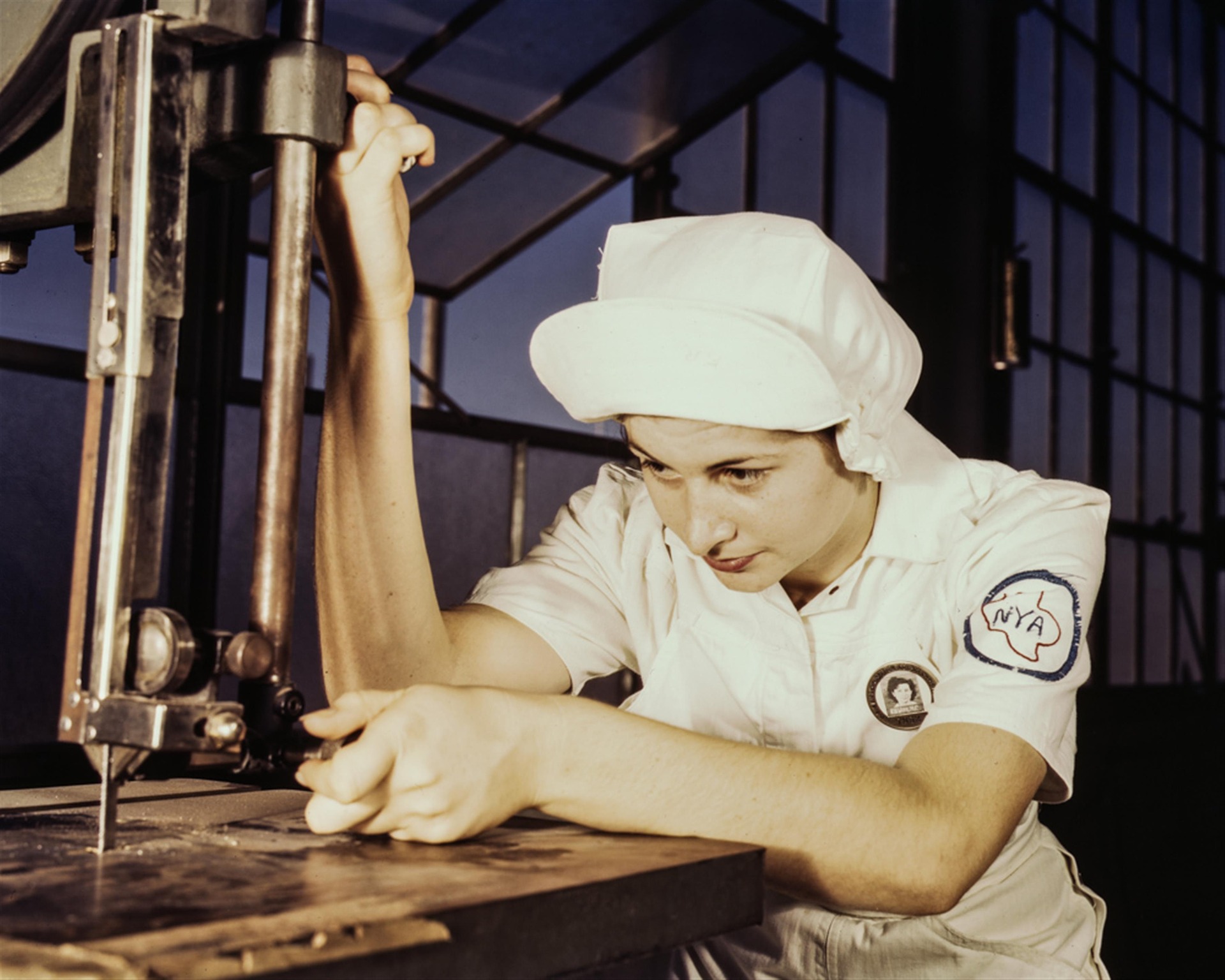
A concerned reader has suggested additional reasons why it’s so challenging for industry to adopt 3D print technology.
A few weeks ago I wrote a piece entitled, “Seven Reasons Why It Takes So Long for Industry to Catch on to 3D Printing”, which was exactly that. I felt there were a number of reasons preventing adoption of the technology beyond mere unawareness. In fact, there are multiple solid business reasons why a company might not consider 3D printing.
However, a Fabbaloo reader submitted three very rational additional forces that can prevent adoption of 3D print technology. The reader requested to be anonymous for a number of good reasons, but the ideas are correct nevertheless:
I work for a large manufacturing company. Our corporation has a team of several people who regularly monitor the new developments in additive manufacturing technology. We go to trade shows and meet with companies like Carbon, Optomec and Stratasys; test sample 3D printed parts; hold internal conferences to update our engineering staff on the latest developments; and test new machines. As of now, we use 3D printing all over our company for prototyping. We can think of lots of places where we might deploy this technology for actual production parts someday. However, there are three big barriers holding us back: materials, cost per piece, and production speed. We are constantly evaluating the new processes for those three factors.
Yes! These reasons most definitely should be included in the list of barriers, as my list focused on more subtle aspects. The submitter continues:
Of those three, I think the importance of materials is most undervalued by the 3D printing media, whereas that issue is at the top of mind of our engineering staff. There are thousands of different polymers used in industrial manufacturing because they all offer different properties (strength, flexibility, resistance to temperature and moisture, etc.).
Not only is the range of materials available for additive manufacturing tiny by comparison, but many of those materials are photopolymers, and therefore they are too fragile and brittle for our products’ needs. Our parts have to meet all sorts of special operating requirements and it isn’t as easy as simply switching them to ABS or one of the other common AM materials. That doesn’t even include the outrageous cost of AM materials.
We know that SLS and some FDM printers can make parts out of tougher materials like nylons, but those processes are still too slow and expensive on a per-part basis, even when we factor in the advantages like unlimited design freedom. We will continue to watch Carbon, HP and others for potential improvements.
But what about metal parts that are durable and strong?
Regarding metals, powder bed processes are still very expensive. The design freedom is nice, but the need for extensive post-process finishing adds substantial time and labor cost. We have used DMLS here and there for tooling with conformal cooling, but our businesses can’t routinely build DMLS metal parts given the cost involved. Not many industries have the combination of high-value products and low volumes which are found in aviation, jewelry and orthopedics. As one example, the auto industry is very cost-sensitive. Some high-end vehicles (Rolls Royce, Bentley) are able to tolerate the costs of AM metal parts, but most consumers won’t pay an extra $500 for a Ford Escape that has printed parts.
This makes clear financial sense. Finally, regarding the concept of low-volume 3D printing, the submitter suggests:
The problem is that building a replacement part with a totally different manufacturing process would require our doing extensive engineering and testing, because we must guarantee to our customers that the replacement parts will work. In most cases the amount of engineering time ($$$) exceeds the potential benefit of printing the parts.
It’s clear after hearing from this reader and the previous analysis that there are still huge challenges to 3D print adoption by industry. While industry continues to do its work with existing equipment and processes, the problem lands squarely at the feet of the major 3D printing companies, whose job it is to resolve these dilemmas with education, equipment, pricing and processes.
Are they up for the job? Perhaps. But another possibility is a new vendor using an alternative process that better meets the needs of industry suddenly appears.
We shall see in the next few years.

